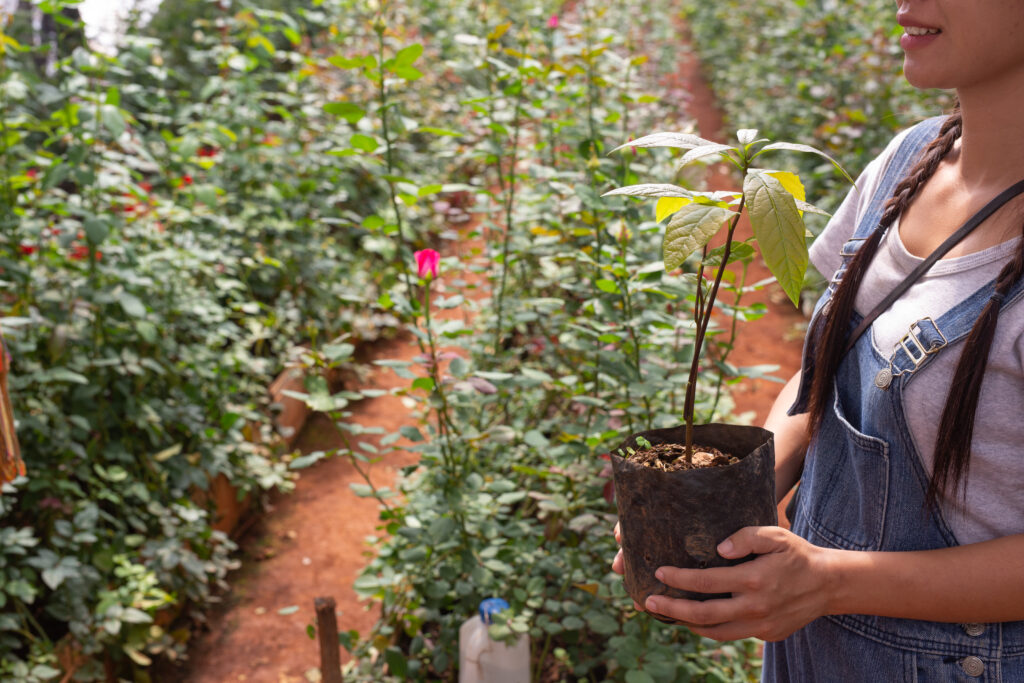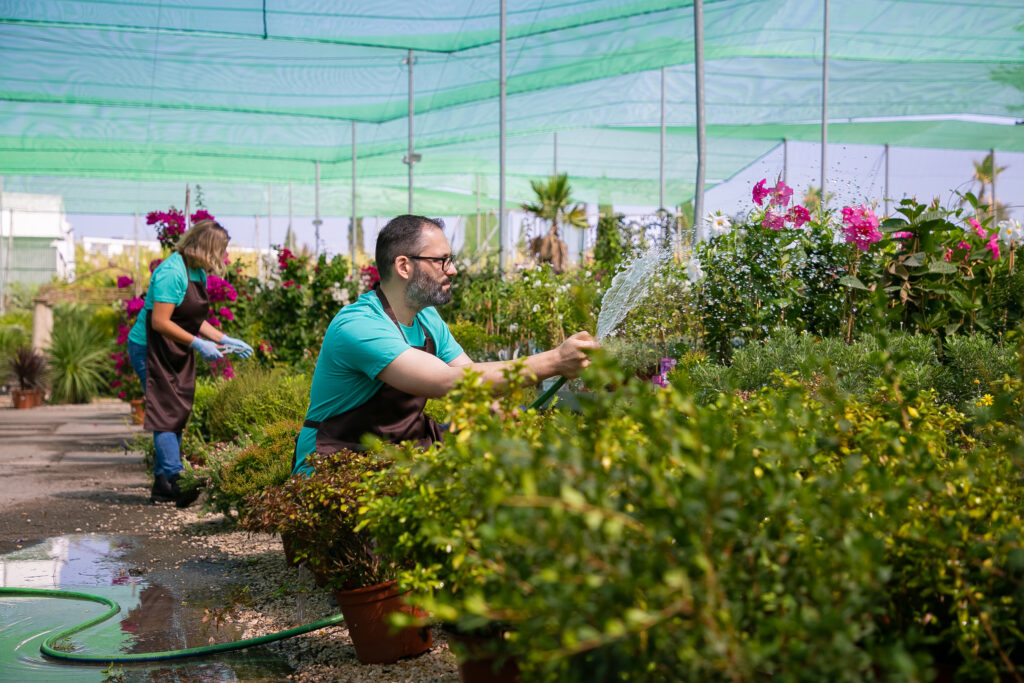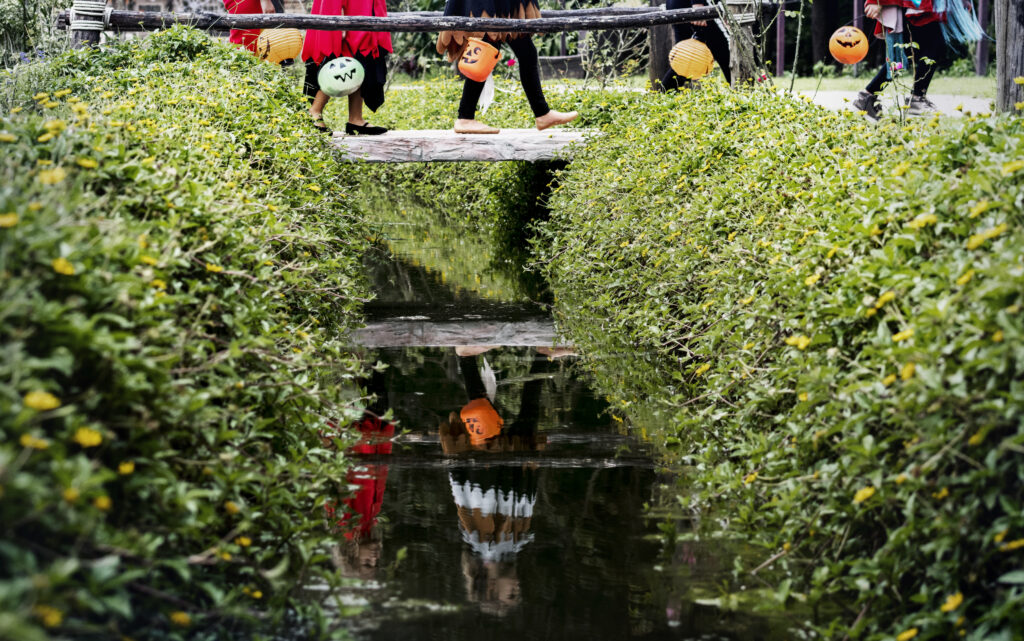Growing Fruits at Home through Urban Gardening
Growing Fruits at Home through urban gardening lets you enjoy a bounty of fresh, juicy harvests—even in balconies, rooftops, or small backyards. As long as you plan well, utilize space-efficient techniques, and choose wisely between fruit varieties, you can raise your own mini orchard within the walls of your home.
Urban gardening, though fulfilling, has its own drawbacks. The most prevalent problem is small space. As most urban people only have balconies, rooftops, or tiny patios, the best solution is to plant dwarf varieties of fruits, vertical planters, or wall pots to utilize the space to its fullest.
Another common issue is pest and disease infestations. Rather than chemical pesticides, gardeners can choose natural alternatives such as neem oil sprays, organic pesticides, or companion planting, which deters pest insects while promoting plant health.
At other times, urban gardens lack sunlight, particularly in dark apartments. Reflective surfaces or indoor grow lights can then supply the light needed for photosynthesis.
Heavy containers are also a problem in high-rise environments. This is solved by using lightweight grow bags or fiber pots, which can be easily moved and handled.
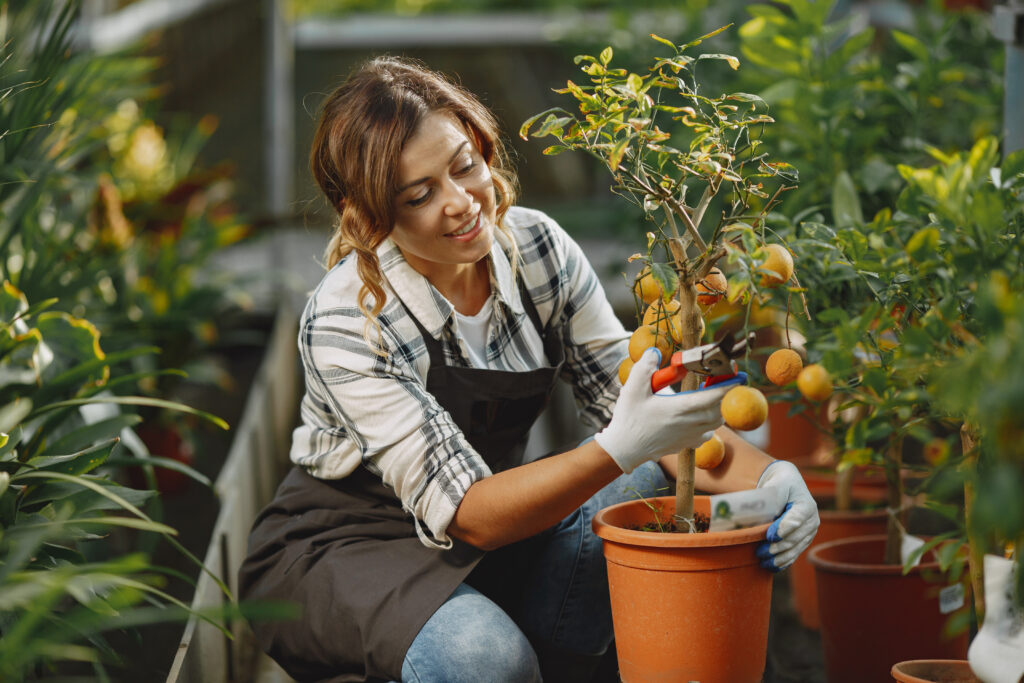
Fruit Growing Benefits within the City
- Fresh & Organic: You are in charge of how your fruits are being cultivated, so you don’t have to apply harmful pesticides or chemicals.
- Budget-Friendly: Owning your own fruit makes grocery expenses lower.
- More Nutritious: Fruits picked and eaten fresh contain higher levels of vitamins and minerals.
- Smart Use of Space: Pots, trellises, and hanging baskets enable you to utilize small areas optimally.
- Eco-Friendly: Locally grown produce saves food miles and promotes sustainable living.
- Promotes Well-Being: Gardening is a natural stress buster and makes one happy.
Growing Fruits in Small Spaces
- Container Gardening
- Best for balconies, patios, or rooftops. Large pots, grow bags, or recycled containers can be used to grow fruit.
- Examples: Dwarf citrus, figs, pomegranates, strawberries.
- Vertical Gardening
- Make use of walls, trellises, or hanging baskets to grow climbing fruits.
- Examples: Kiwi, melons, grapes, passionfruit.
- Rooftop Gardens
- Transform your roof into a mini orchard with raised beds or pots.
- Dwarf papaya, lemon, guava, banana are ideal.
- Hydroponics & Aeroponics
- Ideal for those with soil-less gardening on their minds. These prove to be especially good for strawberries and berries, giving them faster growth and more yield.
- Espalier & Dwarf Varieties
- Train the fruit trees flat against a fence or a wall. This is space-saving and enables them to receive plenty of sunlight.
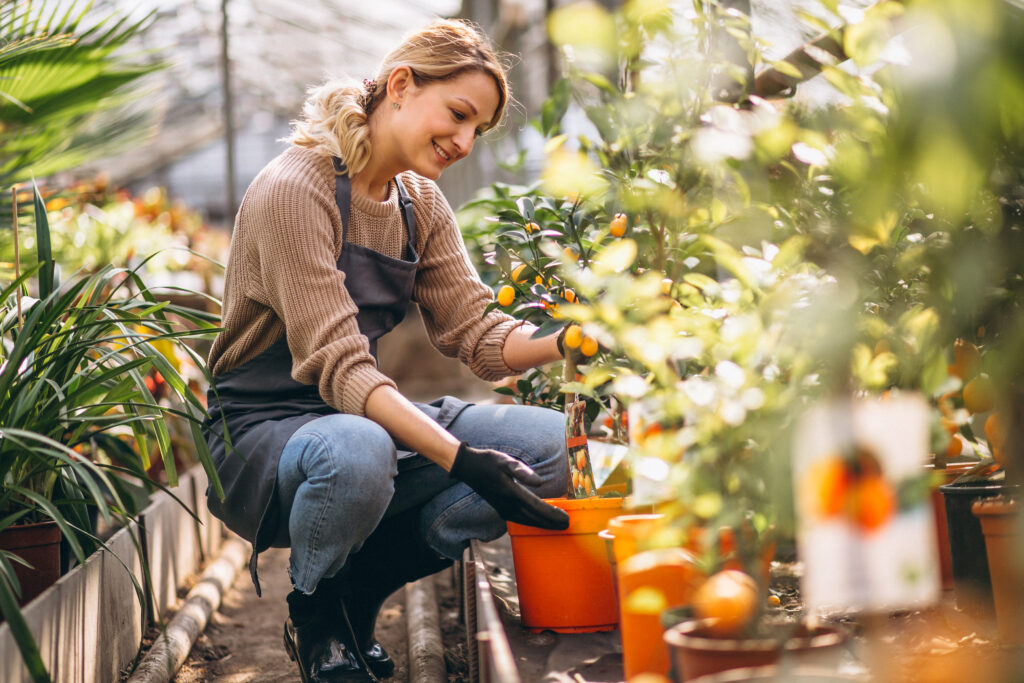
Top Fruits for Urban Gardening
Quick & Small-Yielding Fruits
- Strawberries – do well in hanging baskets, pots, and vertical towers.
- Blueberries – need acidic soil, can be container-grown.
- Raspberries & Blackberries – compact and simple to handle in pots.
Citrus Fruits
- Lemon, Lime, Orange, and Calamondin – dwarf types work great in pots.
- Need minimum 5–6 hours of direct sunlight.
Potted Fruit Trees
- Guava, Fig, Pomegranate, Papaya, Banana – love containers and rooftop gardens.
Climbing & Trellis Fruits
- Grapes, Passionfruit, Kiwi, Melons – climb up supports vertically.
Tropical Fruits (for tropical climate areas)
- Mango (dwarf varieties), Pineapple, Chikoo (Sapodilla), Custard Apple – can be grown on large containers or rooftops.
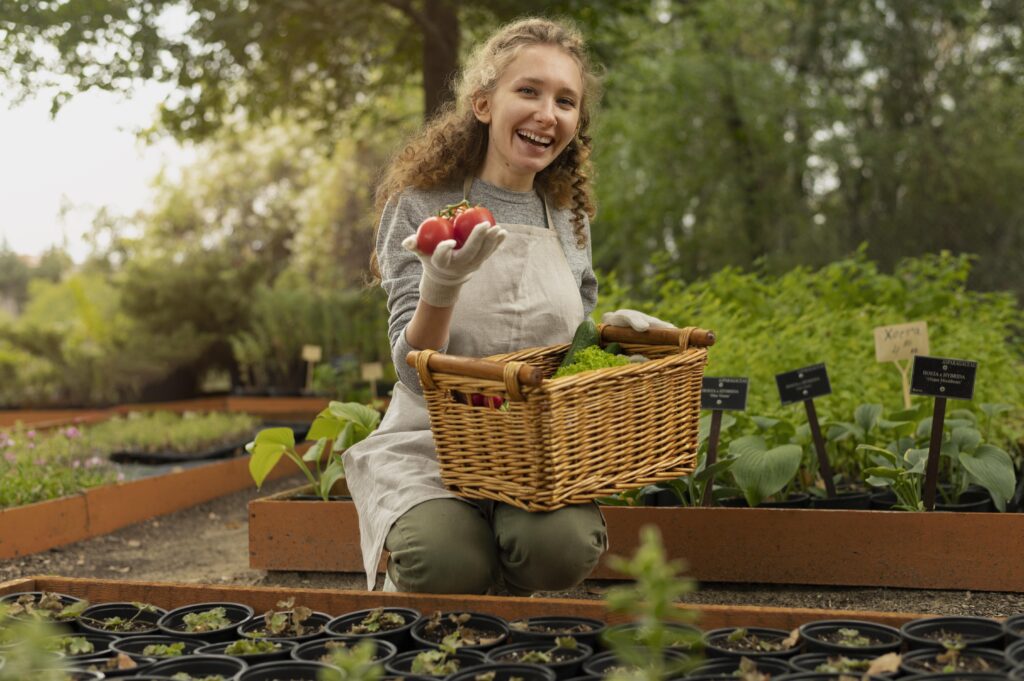
Basic Care & Maintenance
Soil & Fertilizers
- Apply light, well-draining soil mix with compost.
- Occasionally enrich with organic fertilizers such as compost tea, cow dung manure, or seaweed extract.
Watering
- Fruits require steady moisture but not overwatering.
- Drip irrigation or self-watering planters work well.
Sunlight
- Most fruits need 6–8 hours of direct sunlight per day.
- Rooftops and south-facing balconies are excellent.
Pollination
- Some fruits are self-pollinating (tomatoes, strawberries, figs).
- Others need insects, wind, or hand pollination (melons, kiwi, citrus).
Pruning & Training
- Regular pruning keeps size under control and adds to yield.
- Train climbers on trellises to use vertical space efficiently.
Tips for Success
- Start with easy fruits like strawberries, guava, or lemons.
- Choose dwarf or compact varieties for tiny spaces.
- Plant fruit trees among herbs and veggies for a luscious edible garden.
- Keep experimenting with containers, hydroponics, and vertical systems.
- Observe and adjust watering, sun, and soil fertility regularly.

